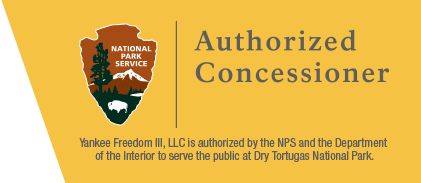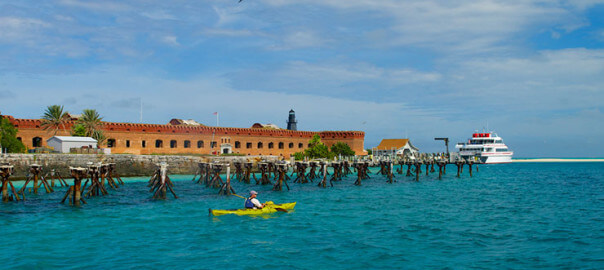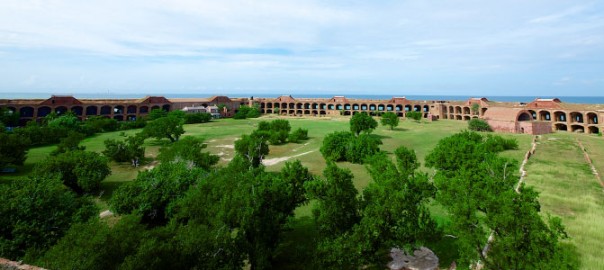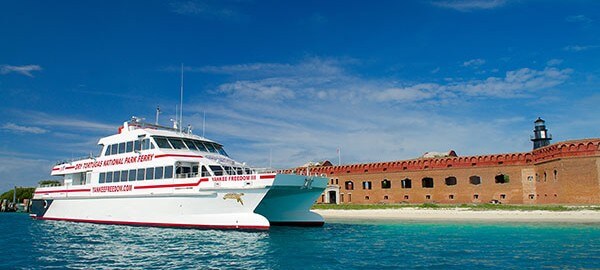The Big Year’ Could Give Florida Birding a Big Boost
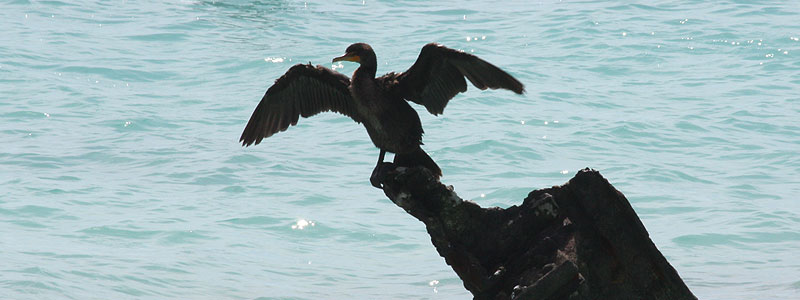
FoxNews.com
By Chelle Koster Walton
Published: October 16, 2011
“The Big Year,” a comedy about competitive birders played by Owen Wilson, Jack Black, and Steve Martin, opened in theatres this weekend.
Based on Mark Obmascik’s book of the same name, it tells the story of how three slightly nerdy birders (Wilson, Black and Martin) crisscrossed North America, from Alaska’s Aleutians to Florida’s Everglades, in an attempt to see the most bird species in a single year in 1998.
The film, while dishing up the laughs, gives a glimpse into the seriously-competitive world of birding, where obsessed birders think nothing about dropping everything (and spending thousands) for the chance to spy a rare bird.
As birding continues to grow in popularity, and tourism groups are looking to cash in from the growing number of national birding festivals, many in the birding community hope that “The Big Year” will only help to increase awareness of the sport.
“I am optimistic that it will portray birding in a favorable light,” said Mike Kiser, who oversees Great Florida Birding Trail, a conservation program run by the Florida Fish and Wildlife Conservation Commission. “I think it will turn some new people onto birding.”
Florida, considered by birders as a premier birding spot given its proximity to the Caribbean and strategic positioning along the great American migration flyway, sees its share of sought-after species — and tourists that seek them out. It is the second most popular destination for recreational wildlife viewing after California, according to a 2006 U.S. Fish & Wildlife Service study.
Bird and wildlife watching contributed $3.1 billion to Florida’s economy in 2006, the UFSWS study shows. That year, 746,000 people came to Florida primarily with wildlife-watching on the brain.
“Birding is actually a fun thing to do, and I think the movie will help people see that,” said Paul Gray, a science coordinator with Audubon of Florida. “It’s a fun way to travel to different places – sort of a scavenger hunt. So no matter if people are competitive listers, like in the book, or just in it for the aesthetics of birding, it’s traveling with a purpose.”
To help attract more people to birding watching, some of the top birding locations are using the release of “The Big Year” to host special events.
“We’re really excited about the movie’s release,” said Birgie Vertesch, executive director of “Ding” Darling Wildlife Society-Friends of the Refuge. “We’ve had Mark Obmascik, the book’s author, here to speak in the past, and we’re planning special showings of the movie early next year and hopefully an appearance by one of the stars or one of the book’s birders. We expect it to make a big splash with both serious and casual birders.”
Whether the movie inspires you to merely indulge some belly laughs or to get out there in search of a yellow-bellied sapsucker, Florida is the place to start, especially as weather turns cold and southern migrations continue.
The Great Florida Birding Trail, with nearly 500 birding sites, provides an easy introduction for wannabe birders inspired by “The Big Year” to start their life lists.
Here are the six best stake-outs along the trail to have yourself a Big Day in Florida.
1. St. Marks National Wildlife Refuge. Start in North Florida at this 70,000-acre spread of coastal wilderness south of Tallahassee. Like much of Florida’s shoreline, the refuge experiences what birders term “fallout” during spring migrations, when birds travel long distances from the Caribbean and rain from the sky, exhausted, at first landfall.
Fall migrations mean a lot of ducks, birds of prey, and shorebirds passing through. Watch for green-winged and blue-winged teals, northern shovelers, semipalmated plovers, red-tailed hawks, and merlins in transit.
Bonus: Migrating monarch butterflies also stopover in October, covering the trees and bushes with fluttering color around the refuge’s historic lighthouse.
In winter, migrating whooping and sandhill cranes fly over. Year-round, the refuge counts among its 274 species favorites such as snowy and great egrets, blue and tri-colored herons, brown pelicans, anhingas, and double-crested cormorants.
2. St. George’s Island State Park. West of Tallahassee, the island’s mix of beach, pine forest, scrub oak hammock, and marsh attract a diversity of birds including such Florida specialties such as the Bachman’s sparrow, black skimmer, and bald eagle.
Hang out at the bright white sand beach and you should be able to check off a number of sandpipers, plovers, gulls, terns, American oystercatchers, dunlins, and other shorebirds.
Spring brings vibrant warblers, indigo buntings, and the occasional painted bunting.
3. Lake Kissimmee State Park Central Florida sees its own set of bird life around lakes. Wild turkeys and the super-sized sandhill crane are fairly common at this park. Rarer sightings include the Florida scrub jay – the state’s only endemic species – and bald eagles. If you’re lucky, you may spot the distinctive silhouette of an endangered snail kite circling overhead.
4. J. N. “Ding” Darling National Wildlife Refuge “Ding Darling” occupies more than half of beachy Sanibel Island. The greater part of its 750,000 annual visitors come for the birds, rangers say.
“Ding” is the place to find roseate spoonbills, its signature pink bird that novices often mistake for a flamingo. In October, white pelicans start arriving for their winter vacations in the refuge’s wetlands.
The secretive mangrove cuckoo is also at home here, but easier to find in the summer when it is more vocal. Birders flock to spot other specialties: the belted kingfisher, black-whiskered vireo, and gray kingbird, plus easily accessible popular species such the white ibis, reddish egret, yellow-crowned night heron, red-shouldered hawk, osprey, and pileated woodpecker.
5. Everglades National Park The park claims 366 of the state’s 485 species, so this is a don’t-miss for serious birders. Head to the Main Entrance south of Miami and explore trails off the 40-mile road to Flamingo.
Speaking of flamingoes, this is your best chance to see them in the wild in the U.S. It requires a high tide, good scope, plenty of bug spray, and a hike down Snake Bight Trail.
Other rarities include the smooth-billed ani (try Anhinga Trail), snail kite, gull-billed tern, yellow rail, white-tailed kite, limpkin, short-tailed hawk, and white-crowned pigeon. More likely sightings: the purple gallinule, wood stork, and bald eagle.
6. Dry Tortugas National Park – Follow in the footsteps of “The Big Year” birders with a day trip out of Key West aboard Yankee Freedom to this bird sanctuary and home to historic Fort Jefferson. Because of its way-south location, it hosts birds not found elsewhere in the U.S.
In spring and summer, the only U.S. breeding population of sooty terns arrives by the tens of thousands. Other rare finds include bridled, sooty, and roseate terns; and the brown noddy, masked booby, and magnificent frigatebird.
Fall migrations bring unusual birds of prey such as sharpshinned and broad-winged hawks, merlins, and peregrine falcons.
